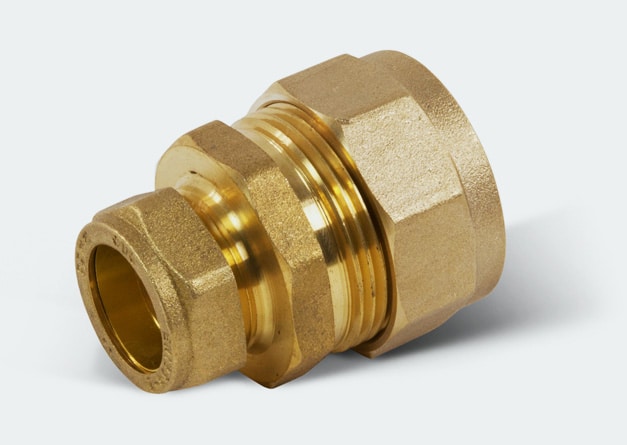
FAQ’s
Still Stuck? - get in touch, we’re here to help

First determine the size of lead pipe you have. Remove all old paint & debris and measure with a piece of string or cotton. A clean, smooth surface without deep pitting is needed for water sealing. A vernier or micrometer will not give an accurate measurement if the pipe is oval or irregularly shaped and access is not always possible.
DO NOT MEASURE WITH A VERNIER CALIPER
Wrap a piece of thin string around the pipe twice. Make sure that the string follows the shape of the pipe but is not stretched and the start and end points are the same. Unwrap or cut and measure the length obtained. Divide the length by 6.284 and the result is the pipe diameter in inches. For string, subtract the thickness, for cotton it is not necessary. To convert to millimetres divide by 25.4.
Example:
In the string example above L= 6.3, Diameter of Pipe = (6.3/6.284)-.047(string thickness) =0.956
Note: Both methods give good approximations of the actual size.
The error encountered is less than the difference for the next lead size above or below the one measured.
A difference of around .020” or 0.5 millimetres is acceptable. When cleaning the old pipe remove as little as possible from it.
NO, the fitting is not approved for use on gas pipelines.
The Lead Loc Plus Series, DP200x, Lead to Blue Poly Pipe are suitable for underground use.
Still Stuck? - get in touch, we’re here to help
| Cookie | Duration | Description |
|---|---|---|
| cookielawinfo-checbox-analytics | 11 months | This cookie is set by GDPR Cookie Consent plugin. The cookie is used to store the user consent for the cookies in the category "Analytics". |
| cookielawinfo-checbox-functional | 11 months | The cookie is set by GDPR cookie consent to record the user consent for the cookies in the category "Functional". |
| cookielawinfo-checbox-others | 11 months | This cookie is set by GDPR Cookie Consent plugin. The cookie is used to store the user consent for the cookies in the category "Other. |
| cookielawinfo-checkbox-necessary | 11 months | This cookie is set by GDPR Cookie Consent plugin. The cookies is used to store the user consent for the cookies in the category "Necessary". |
| cookielawinfo-checkbox-performance | 11 months | This cookie is set by GDPR Cookie Consent plugin. The cookie is used to store the user consent for the cookies in the category "Performance". |
| viewed_cookie_policy | 11 months | The cookie is set by the GDPR Cookie Consent plugin and is used to store whether or not user has consented to the use of cookies. It does not store any personal data. |
